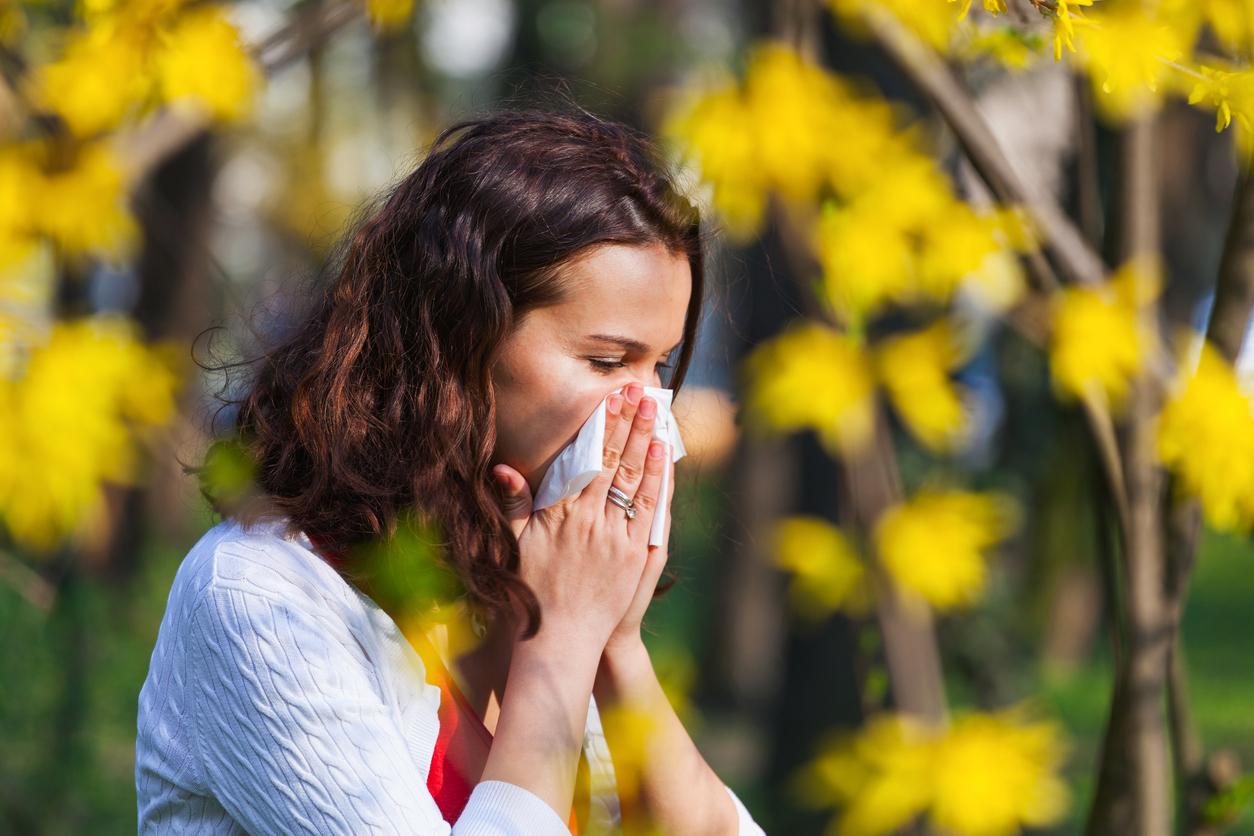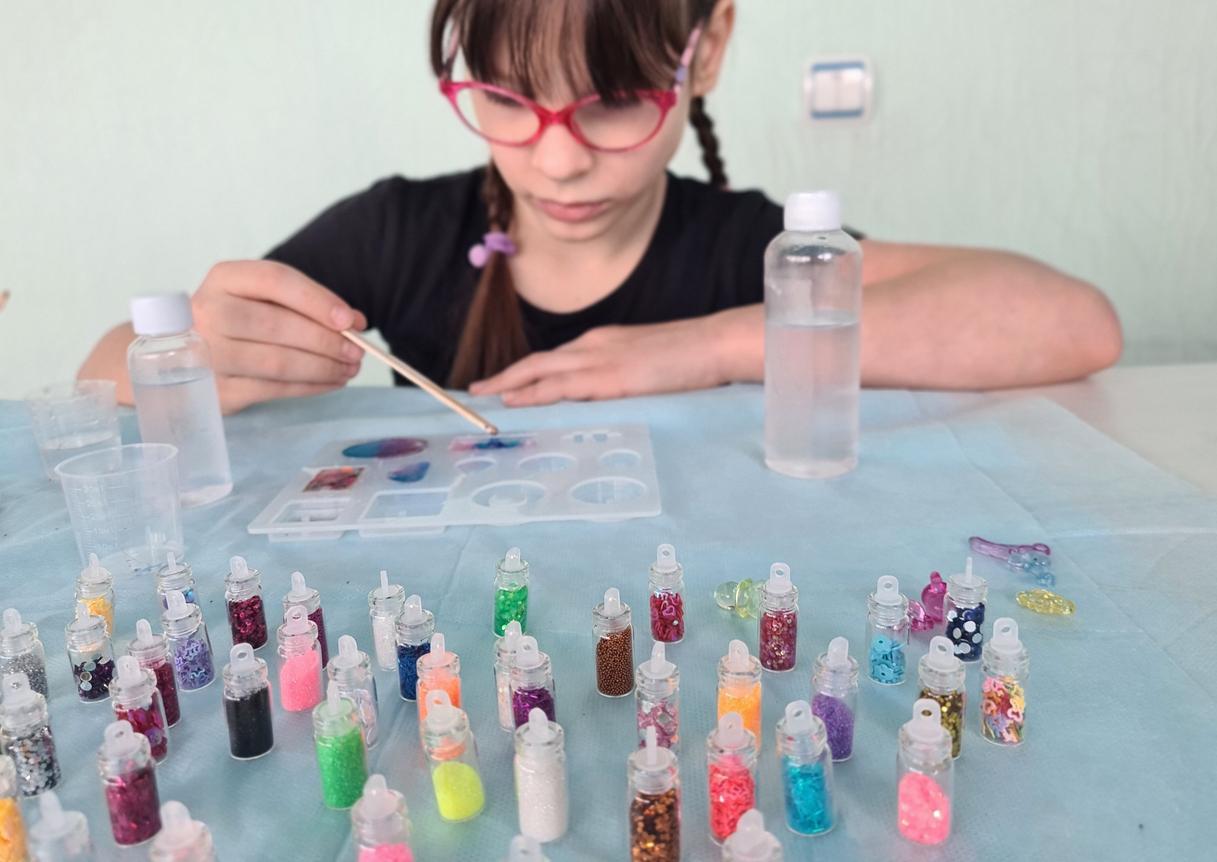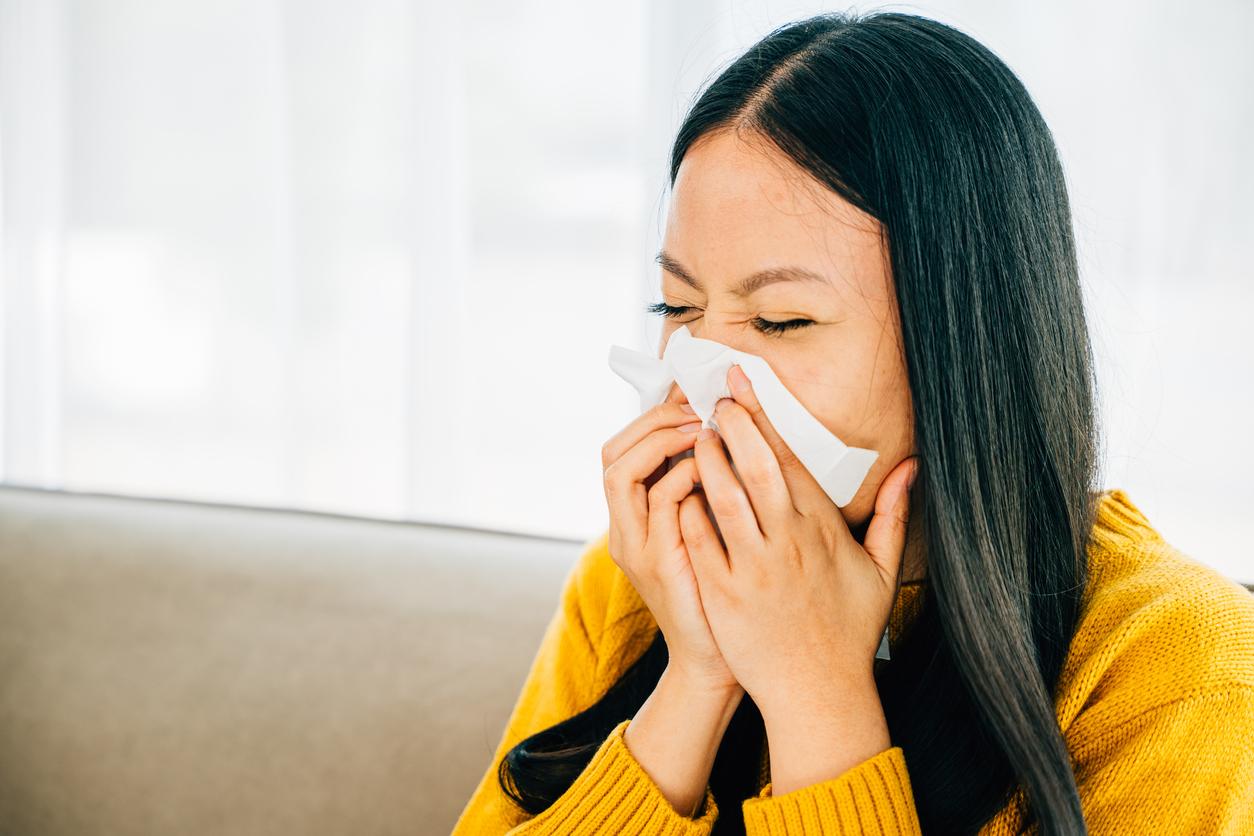
Toilet paper and eye drops as allergens
On average, we use about five different perfumed products, a total of up to eleven times a day. No problem, if you’re not sensitive to it. But excessive perfume use can lead to perfume allergy or allergic contact dermatitis. And perfume is in more products than you think.
Excessive perfume use can lead to allergic contact dermatitis, in other words: a perfume allergy. But from research (Panel Wizard, 2011) turns out that we Dutch are poorly informed about the amount of perfume we use every day. We think we only use three perfumed products every day. However, women end up with about six perfumed products a day, with thirteen perfume moments. Men use about four products every day, with nine perfume moments.
For 24 percent of the respondents, irritation from perfume products is a reason to switch to perfume-free articles. However, more than half of this group will switch back to their trusted perfumed product when the irritation has disappeared. Remarkable, because a perfume allergy usually does not go away: reactions can temporarily disappear, but often reappear when the skin comes into contact with the allergens again.
Household products and toilet paper
These allergens are found in almost all products that we use every day, such as washing and care products, but also, for example, fake leather bags, herbs and something everyday like bread. Many household products such as soap, cleaning agents, dishwashing liquid, fabric softener and toilet freshener also contain perfume. Eye drops, ear drops and all sorts of ointments can be perfumed and even diapers, tissues and toilet paper often contain perfume.
How does it look?
Allergic contact dermatitis due to perfume raw materials is usually an itchy red rash with scaling. Sometimes pimples and blisters can also be seen, or the eczema can even get wet. It mainly occurs on the neck, décolleté, behind the ears, on the wrists, in the beard area and under the armpits. After all, these are the places where products with high concentrations of allergens are applied, such as eau de toilette and deodorant.
Eyelids and hands
However, allergic contact dermatitis can also occur on the face and – especially – on the eyelids. Hand eczema is also often seen in people with an allergy to perfume raw materials. They usually first have a different form of eczema, which later resulted in an allergy to perfumes in the products that are used to treat the existing eczema (for example, medicinal ointments) or to prevent (hand cream). In principle, eczema can develop anywhere on the skin when in contact with perfumed products.
adhesive test
If you think you have a perfume allergy, you can have yourself tested by your doctor or dermatologist. They do this by using ‘the perfume mix’. This perfume mix is a mixture of eight perfume raw materials that occur in many perfumes: eugenol, isoeugenol, oakmoss, geraniol, hydroxycitronellal, α-amyl cinnamic aldehyde, cinnamic aldehyde and cinnamic alcohol. Lyral is also a perfume raw material, this has a lily or cyclamen scent and is added to many perfumes. A positive patch test reaction indicates an allergy to one or more of these perfume raw materials. If it is clear whether it is a perfume allergy, the doctor can look at treatment.
The Perfume Mix
| Fragrance | Details |
Usage |
| Cinnamon alcohol | • Smells like hyacinth • In natural products such as cinnamon, propolis |
• Fragrance in cosmetics, deodorants, detergents, soaps and perfumes • Flavoring agent in drinks, candies and toothpaste |
| Cinnamic aldehyde | • Spicy air • Part of cinnamon oil |
•Use similar to cinnamon alcohol |
| Eugenol | • Strong clove scent • Naturally occurring in cloves, roses, carnations, violets |
• Fragrance in cosmetics, hair care products, aftershave • Flavoring in foods, toothpaste, mouthwash •Used in dentistry (fillers) •Used as an antiseptic |
| isoeugenol | • Mild clove scent | •Use similar to eugenol |
| Geraniol | • Rose scent • Natural fragrance in essential oils. Strongly present in lavender oil and citronella |
• Very widely used in all types of cosmetics |
| α-amylcinnamic aldehyde | • Jasmine scent • Present in synthetic oil |
•Used in perfumes, cosmetics and soap |
| Hydroxycitronellal | • Lily of the valley fragrance • synthetic fragrance |
•Used in perfumes, soap, cosmetics, aftershave •Sometimes used in insecticide and antiseptics |
| Oakmoss | • Woody scent • Essential oil extracted from certain types of lichen |
• Widely used in aftershaves and other men’s products |

















